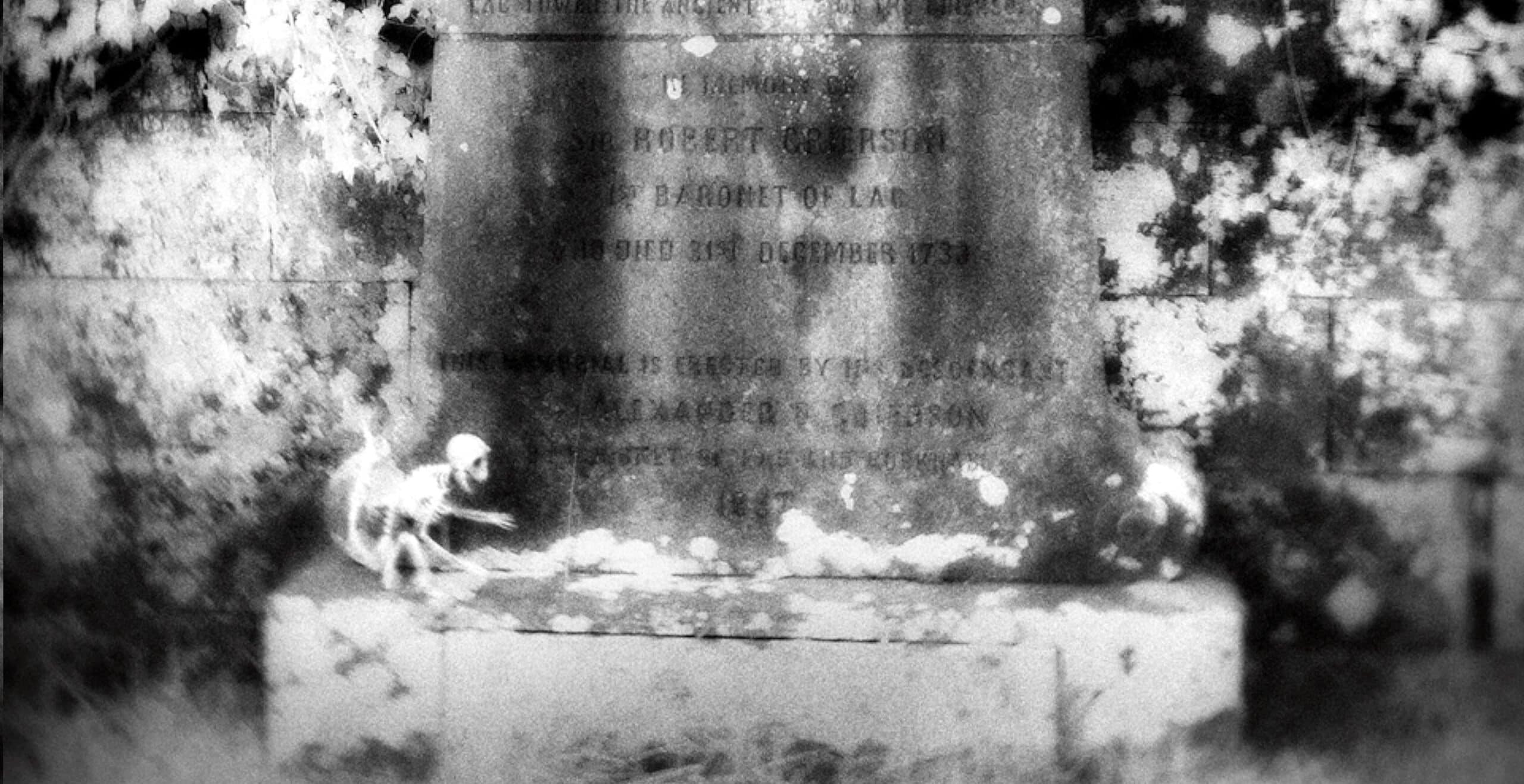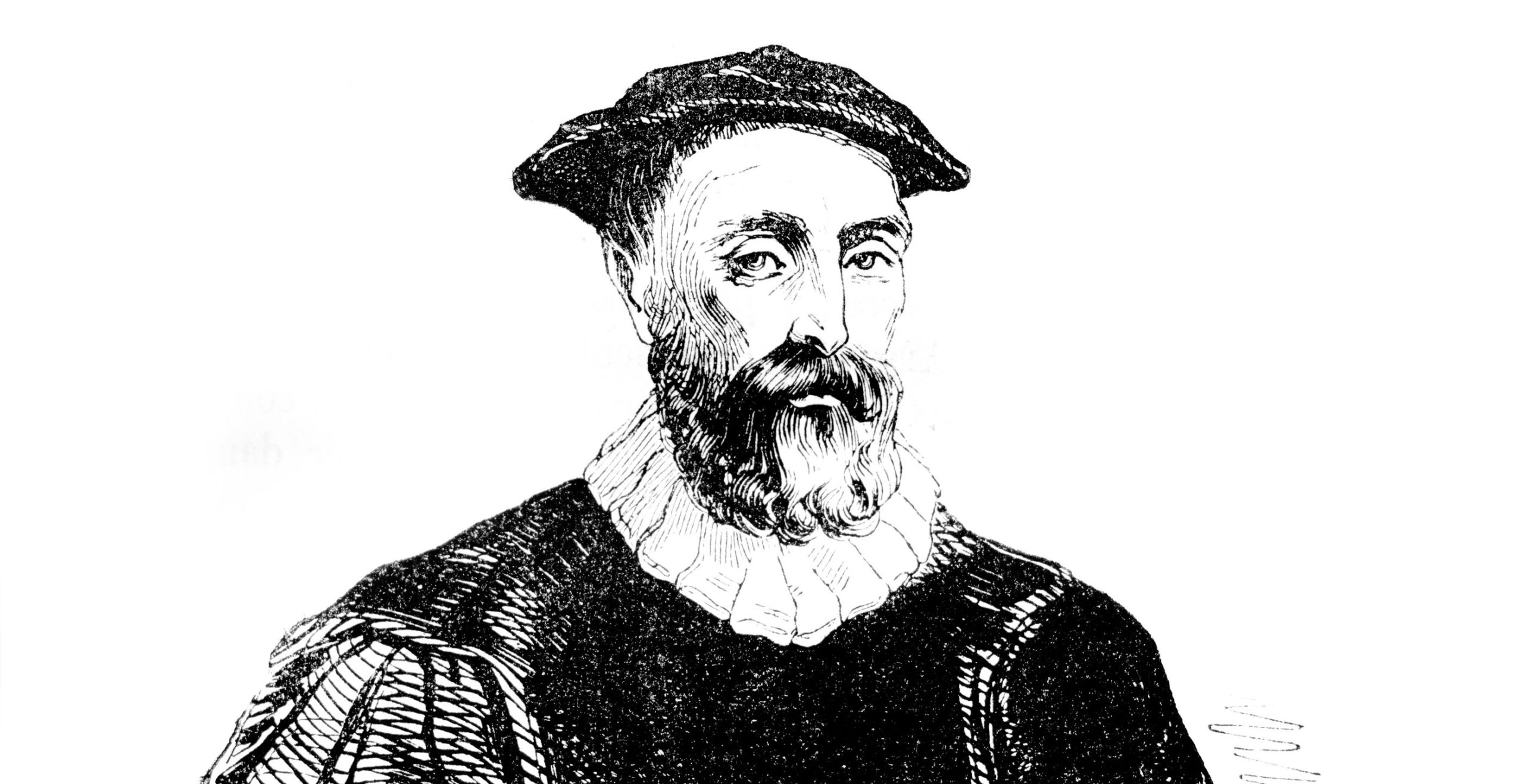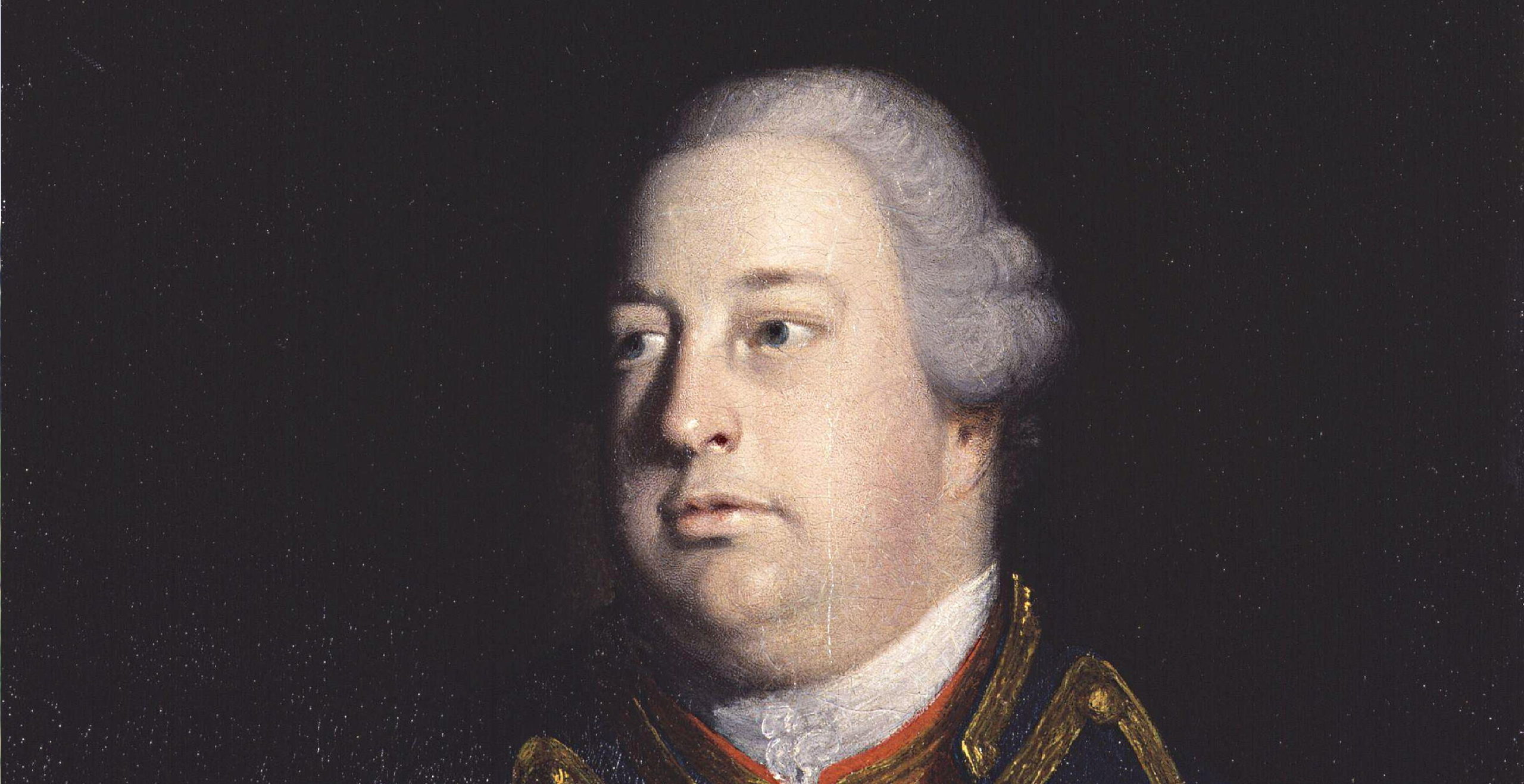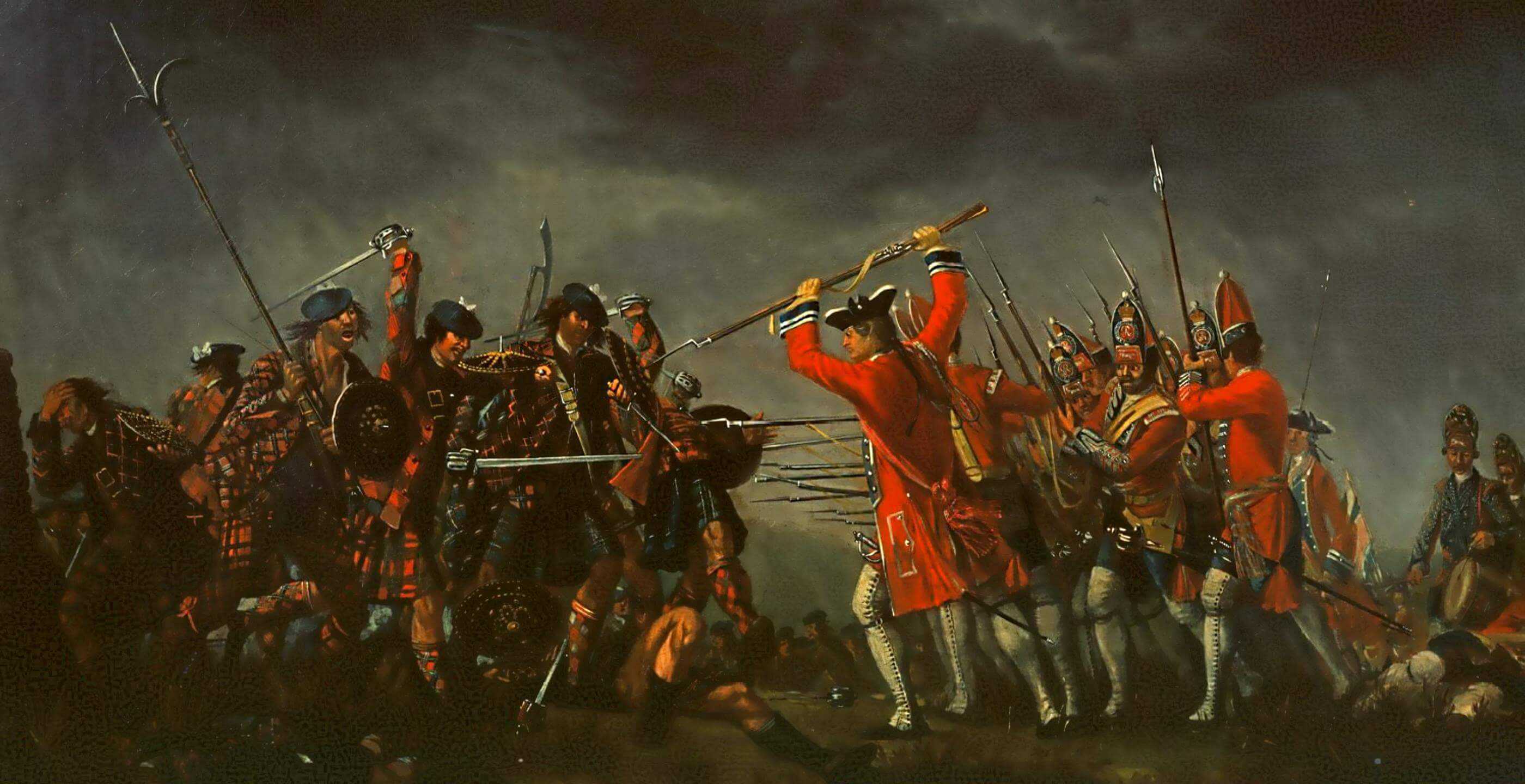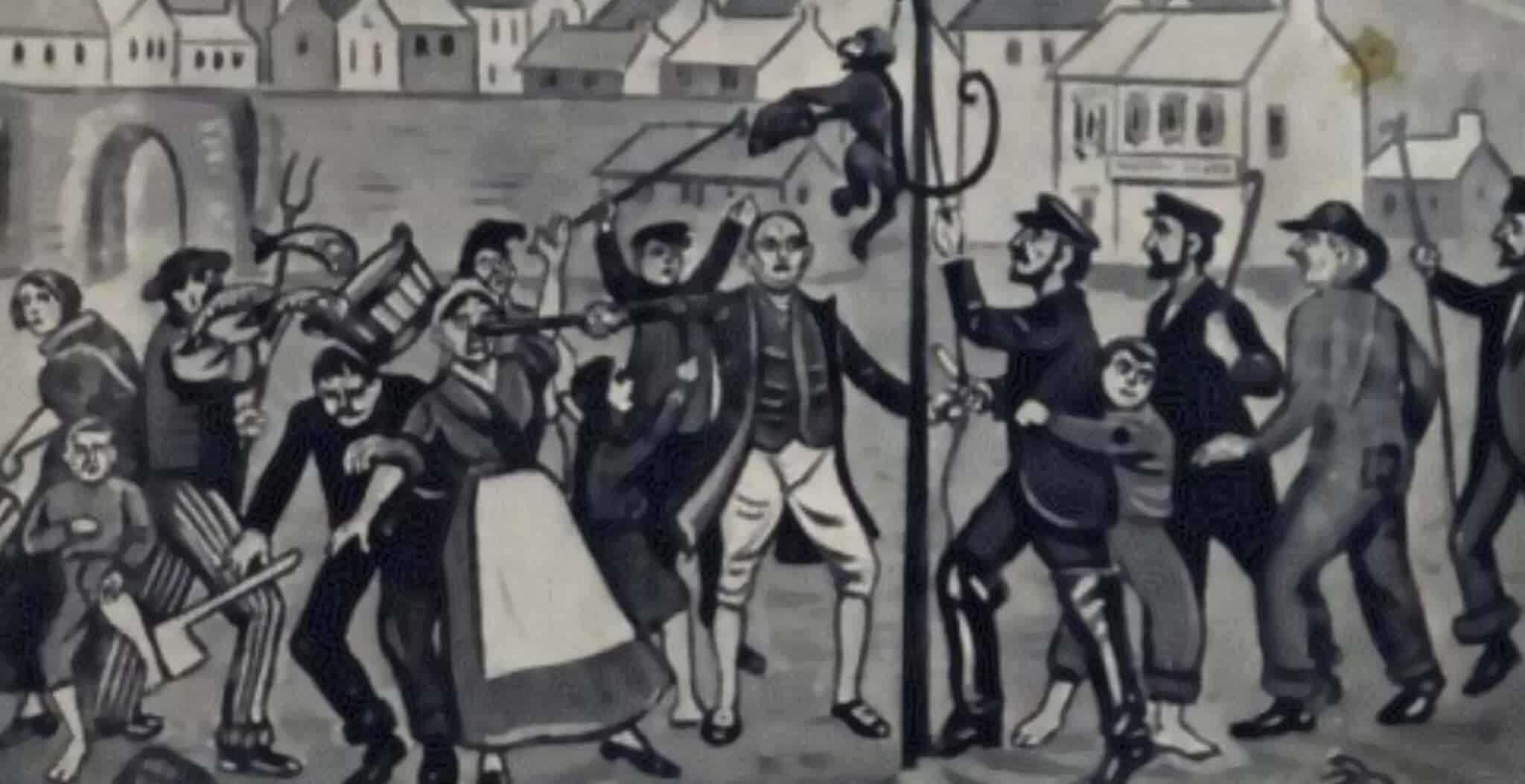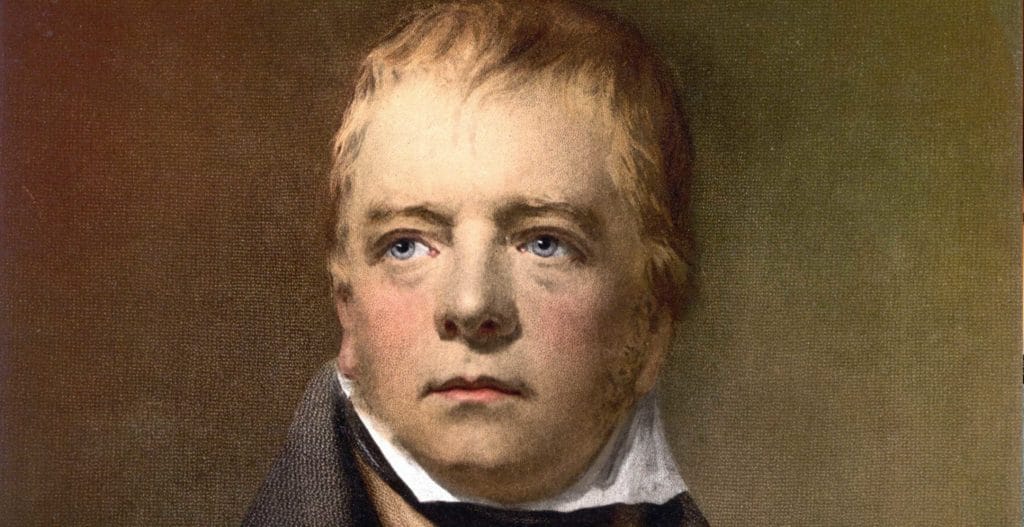If you are a lover of weird and ghostly tales, there’s no better place than Scotland.
Ghosts, spirits, and other supernatural creatures might still lurk in the misty glens, or in the nearest lake or stream. Whether kelpies, ghaisties, guid fowk, or witches, there’s still a strong current of belief in the supernatural in Scotland. Or if not exactly belief, then remembrance and recognition; after all, you never know, and perhaps it pays to treat the beings of the other world with respect, just in case…
One of the eeriest of all tales comes from southwest Scotland, and it’s the story of Robert Grierson of Lag (1655 – 31 December 1733), the 1st Baronet of Lag. Robert Grierson is best known for his brutal treatment of the Presbyterian Scots of southwest Scotland, in what is now Dumfries and Galloway, during the “Killing Times” at the end of the seventeenth century.
Scotland had become a staunchly Protestant and Presbyterian country after the Protestant Reformation led by John Knox in the sixteenth century. Scotland also played a key role in the Wars of the Three Kingdoms (sometimes incorrectly termed “the English Civil War”). The insistence of Charles I that the Scots would adopt the English form of prayer and prayer book led to the first of several conflicts on the island of Britain. These first hostilities were known as “The Bishops’ Wars” (and sometimes “The King’s Northern Follies”) as the Scots were opposed strongly to Episcopalianism, while the English, including many Parliamentarian supporters, were not so opposed.
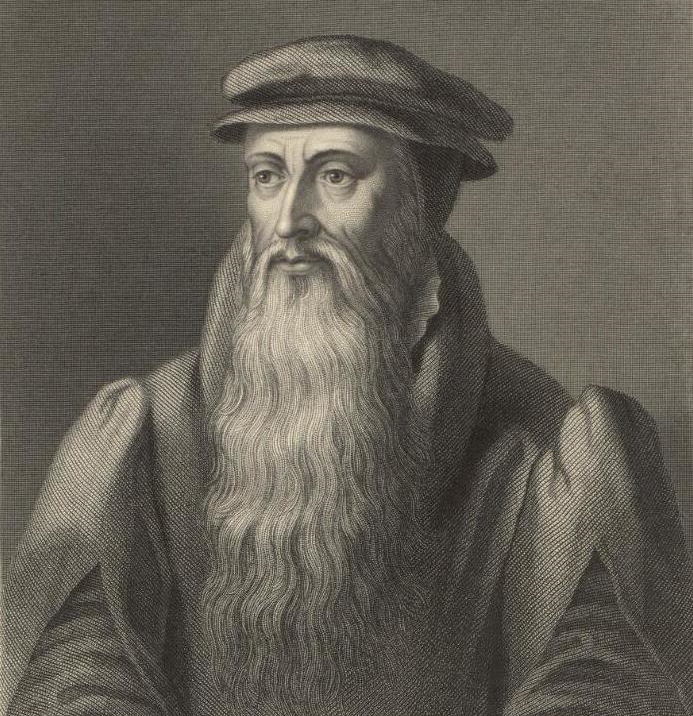
This fundamental conflict of ideology would see Scottish Presbyterian Covenanting armies engaging with both Royalist and Parliamentarian forces in Scotland throughout the latter part of the seventeenth century.
With the restoration of the monarchy in 1660, unrest still continued, particularly in southwest Scotland. It was during the 1680s that persecution of the Presbyterians, sometimes known as Covenanters, Whiggams, and Whigs, reached its greatest extent. The Presbyterians refused to participate in the Episcopalian services now authorised throughout Scotland, and took part in their own illegal conventicles, drawing large crowds to often lonely places where they could worship in secret.
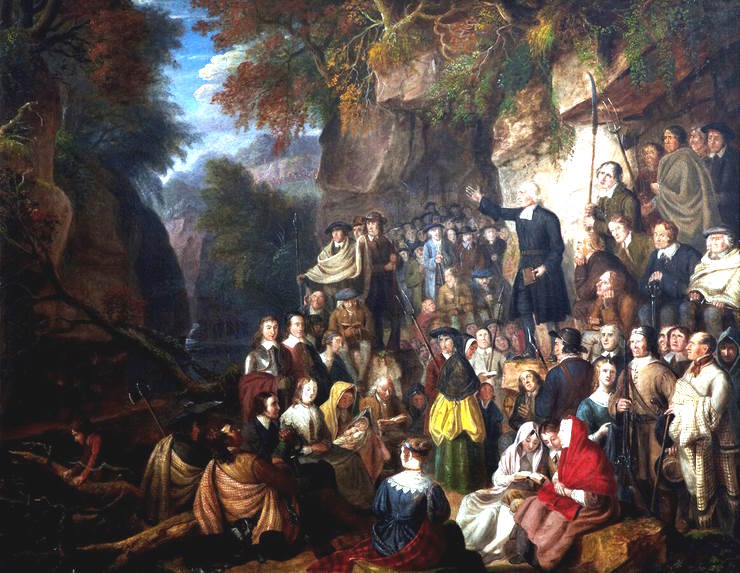
The leading persecutors of Presbyterians in the region were Robert Grierson of Lag, Depute Sheriff of Dumfries, and John Graham of Claverhouse, better known as “Bonnie Dundee”, although he was called “Bloody Clavers”, or “Bluidy Claverus” by those he sought out and killed. Claverhouse has gone down in history as handsome, icily cold, and fixed on his duty. Grierson on the other hand was hot-blooded, irascible, prone to kill without warning, and as greatly feared as Claverhouse. As with many great villains of history, claims have been made that the tales of their brutality have been greatly inflated, and that Grierson was well-regarded by his tenants and others who knew him.
To Grierson and Claverhouse, supporters of James VII/II, the Presbyterians were traitors, and killing was justified. To the Presbyterians, their dead were martyrs. In the midst of the horror of the times, one incident stands out.
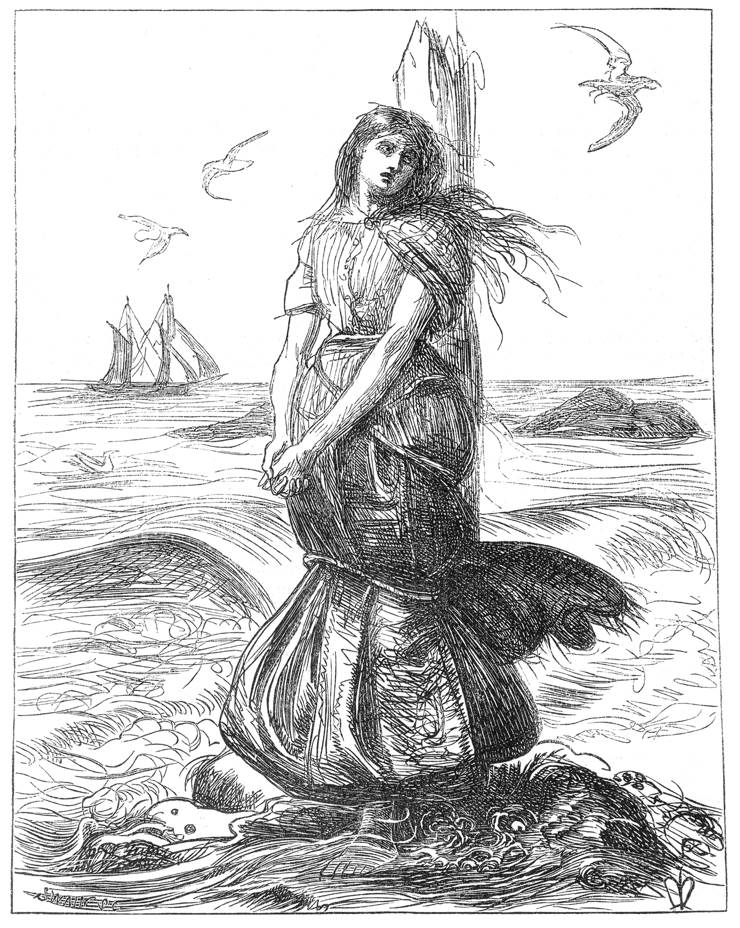
In May 1685, two women, Margaret Maclachlan and Margaret Wilson, one elderly and the other just eighteen, were drowned near Wigtown by being fastened to stakes that were covered by the rising tide. The women were tried by Claverhouse and Grierson, who oversaw their execution. They were the Wigtown Martyrs, commemorated by inscriptions in Wigtown Churchyard. Part of Margaret Wilson’s inscription reads as follows:
Let earth and stone still witness bear,
There lyes a virgine martyre here,
Murther’d for owning Christ supreme,
Head of his Church and no more crime…
…The actors of this cruel crime
Was Lagg, Strachan, Winram, and Grahame.
Neither young years, nor yet old age,
Could stop the fury of their rage.
Soon it was rumoured that Grierson of Lag was in league with Satan. It was not just his brutality that gave him this reputation. People noted that when he frowned at them his brows came together in the shape of a horseshoe, a known mark of the devil. Then there was his constant companion, a monkey named Major Weir after a known warlock who had been burned to death in Edinburgh along with his sister. Why would anyone keep such a pet, and name it after a warlock, if there wasn’t something supernatural about the beast? The monkey seemed too knowing, and constantly caused trouble for Grierson’s servants and anyone who visited him at home.
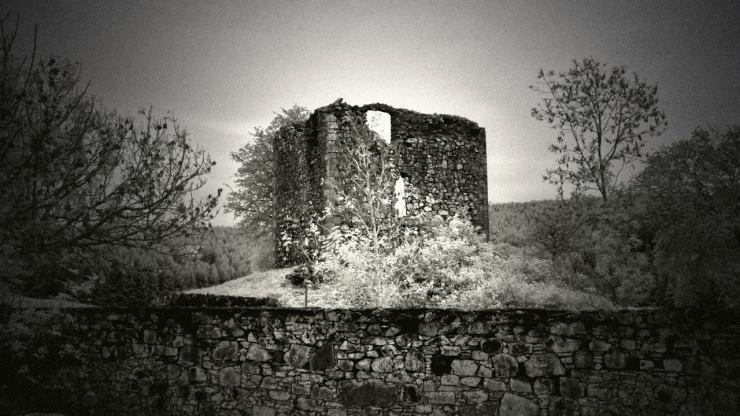
The Grierson family’s seat was Lag Tower, sometimes given the name of Lag Castle. However, the tower, the remains of which still stand northeast of Dunscore in Dumfries and Galloway, was simply a typical sixteenth century defensive tower of the type found throughout the region, not a castle. Sir Robert Grierson also had a town house in Dumfries, known as the Turnpike, where he spent the last years of his life and in which he died. One local history describes it as “a large old pile”, and it was demolished in the nineteenth century. Here, according to local histories, his companion Major Weir lived in one of the towers, in a “cat’s cradle”.
This detail is in Scott’s novel Redgauntlet, which is based on the story of Grierson of Lag. Scott knew Robert Grierson’s grandson, who lived to be 102. No doubt Scott heard many tales of this man’s ancestor, and one of them was the story of the “cat’s cradle” where the monkey lived, amongst chaos and clutter, in the tower in the Turnpike.
In Scott’s novel, there is a tale told by the piper Wandering Willie. It is about his ancestor Steenie, who went to pay his dues to his Laird Redgauntlet at just the moment the laird died and the devil came for his soul. Not having received a receipt for his payment, and there being no sign of the money, the new laird disbelieved Steenie had paid.
As he rides disconsolately away, Steenie is met by a mysterious horseman who tells him he can get a receipt from the dead laird himself – if Steenie is prepared to go into Hell to get it! Plucking up his courage, he does so. Along with Redgauntlet, he finds many other characters of the Killing Times, including Claverhouse, apparently having not too hard a time in Hell. He returns with the receipt, and eventually the missing money is discovered – in the “cat’s cradle” where the monkey lives, which is full of purloined items.
Scott’s character Wandering Willie described the ageing laird and his monkey companion Major Weir in Redgauntlet, and it is said to be a good description of Grierson of Lag: “There sat the Laird his leesome lane, excepting that he had beside him a great, ill-favoured jackanape, that was a special pet of his, a cankered beastit was, and mony an ill-natured trick it played – ill to please it was, and easily angered – ran about the haill castle, chattering and yowling, and pinching and biting folk, especially before ill weather or disturbances in the State. Sir Robert ca’d it Major Weir, after the warlock that was burnt ; and few folk liked either the name or the name or the conditions of the creature — they thought there was something in it by ordinar’…”
Like Scott’s Redgauntlet, Grierson may have been ageing, but he still retained his pistols and boots close by, ready to ride after any Covenanters lying up on the moors and in the hills of south west Scotland. As he aged, Grierson was often in a great deal of pain, though whether this was through gout or guilt, or a mixture of both is not clear. One of the diabolical stories told about him was that when he called for water to cool his feet, the water began to “fizz and boil wi’ hellish heat”.
As Grierson lay in his chair girning (pulling faces through pain and discomfort) the monkey, dressed in a red jacket and his master’s wig, if Scott is to be believed, pulled faces back at him. Grierson’s chair, and his wooden storage chest, also from the Turnpike, are now in Dumfries Museum. The laird used to summon his servants by using a piercing silver whistle, which also has a part to play in the supernatural tales that came into being after his death.
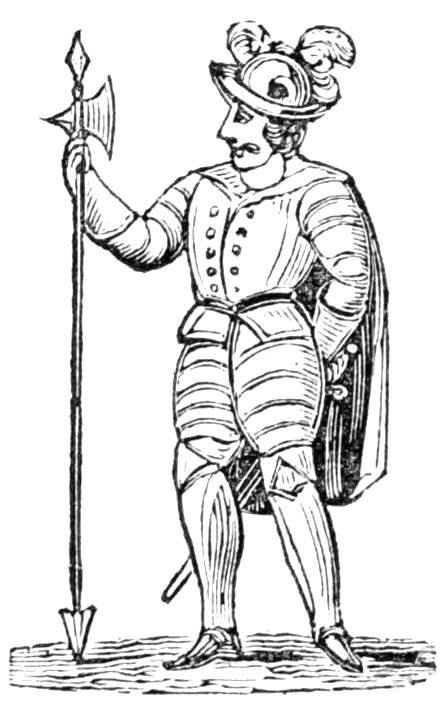
As well as the Dumfries townhouse and the decaying tower at Dunscore, Sir Robert owned Rockhall near Dumfries. This handsome house, now a B&B, came into the family on the marriage of a Kirkpatrick to a Grierson. The well-known Scottish author and expert on fortified houses in Scotland, Nigel Tranter, claimed that it was here that Sir Robert spent his final years, and not the Turnpike. Also according to Tranter, the servants killed the monkey after the death of the old man, and the monkey still haunts the house, “blowing his silver whistle”. Another version claims that the monkey was shot, “pistolled by Sir Gilbert, the next laird of Lag”. In the Redgauntlet tale, the monkey is killed on discovery of the stolen gold and other items.
Grierson lived long after the Killing Times, dying on 31 December 1733. No sooner was he dead than the supernatural tales began to circulate. The Devil had claimed its own, it appeared. One story was that the horses used to draw Grierson’s funeral bier collapsed and died from exhaustion as his coach grew heavier and heavier along the way. A more enduring tale is that of the demonic coach, sometimes drawn by headless horses, that periodically haunts the land and even the sea near Dumfries, “a chariot drawn by six horses and driven by three drivers, all of the Pandemonium stamp, plunging and snorting over the wild waves, attended by black clouds that vomited forth thunder and lightning”.
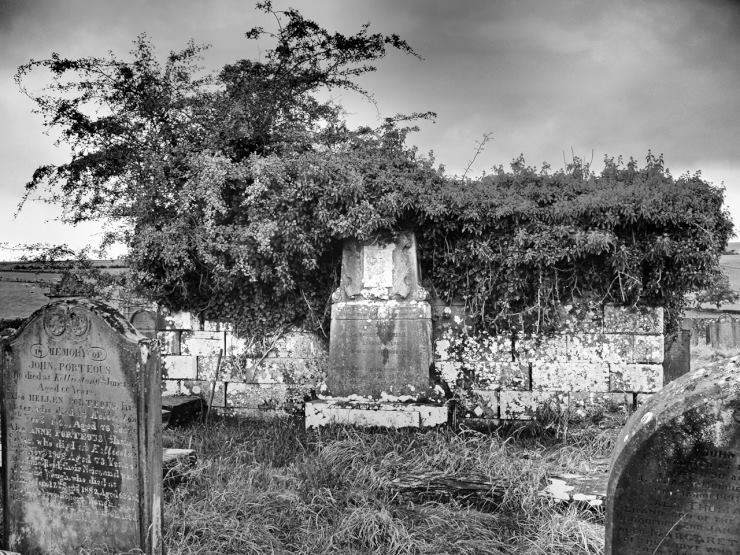
Grierson was buried in Dunscore Old Churchyard, where there is a memorial to him, along with a stone taken from the old tower at Lag. According to one satirical publication of the time, Grierson’s greatest mourner was the Devil himself:
What fatal news is this I hear!
On earth who shall my standard bear?
For Lag, who was my champion brave,
Is dead, and now laid in his grave.
The want of him is a great grief;
He was my manager and chief.
Satan goes on to boast proudly of Grierson’s efforts in pursuing and killing Covenanters in Galloway, suggesting that if Grierson of Lag is in that warm place, he may also still be plotting mischief for the Devil’s enemies:
In Galloway he was well known,
His great exploits in it were shown,
He was my general in that place;
He did the presbyterians chace :
Thro’ moss, and moor, and many a hag,
They were pursued by my friend Lag.
He many a saint pursu’d to death;
He feared neither hell nor wrath.
His conscience was so cauteriz’d,
He refus’d nothing that I pleas’d.
Dr Miriam Bibby is a historian, Egyptologist and archaeologist with a special interest in equine history. Miriam has worked as a museum curator, university academic, editor and heritage management consultant.
Published 6th October 2023
